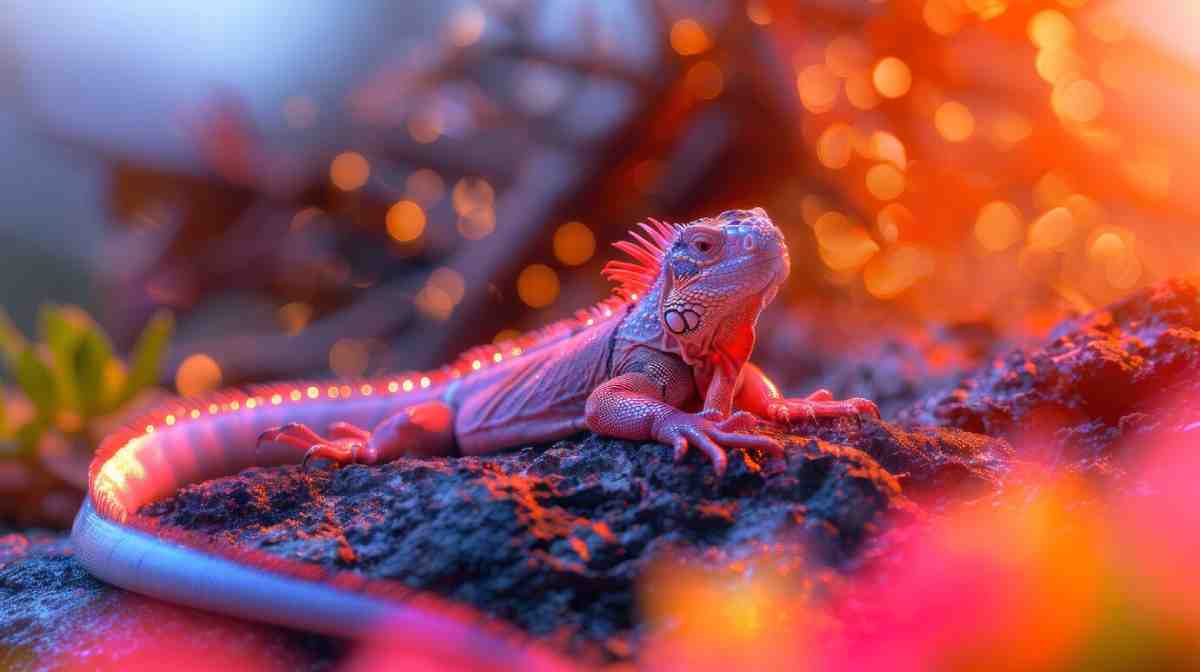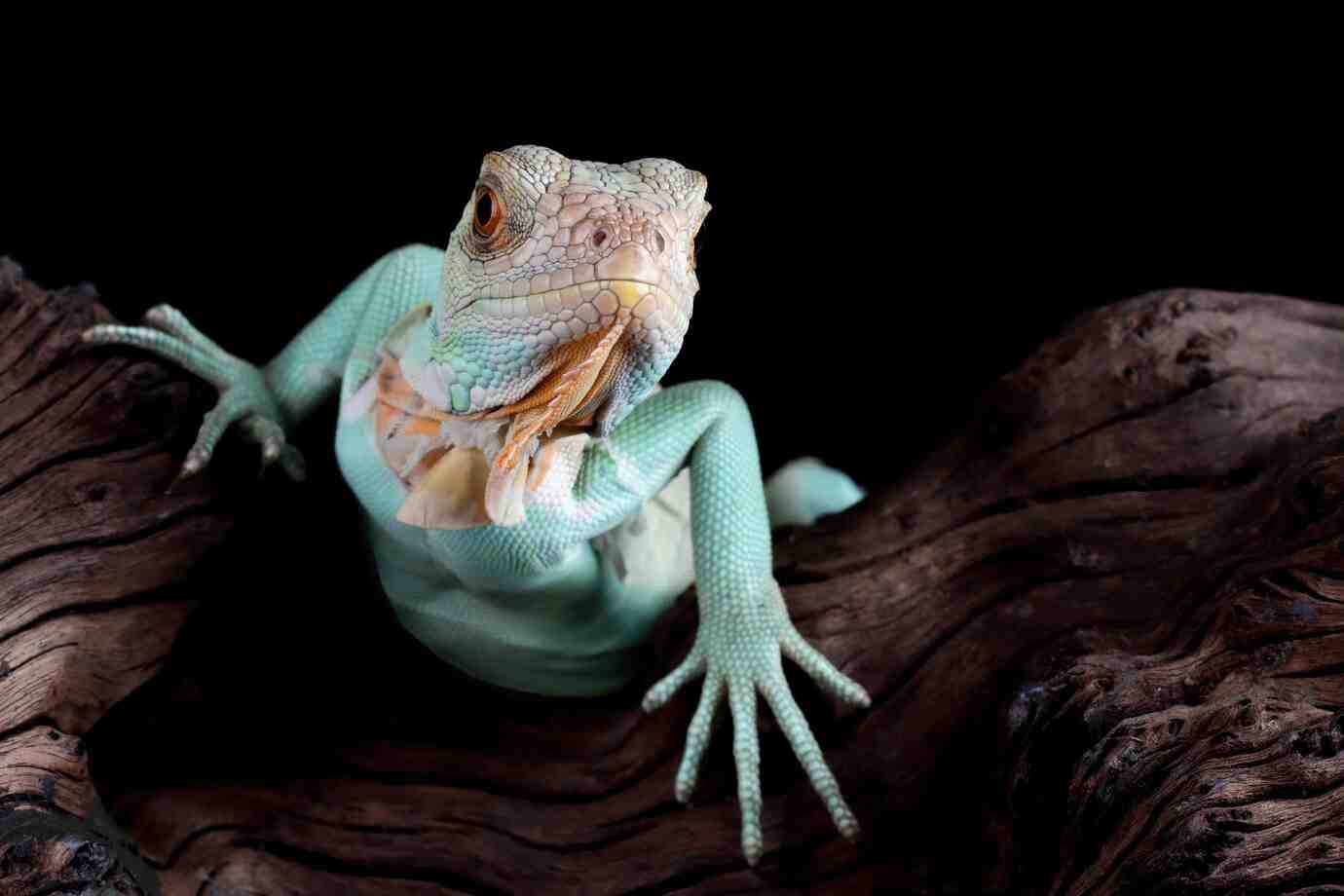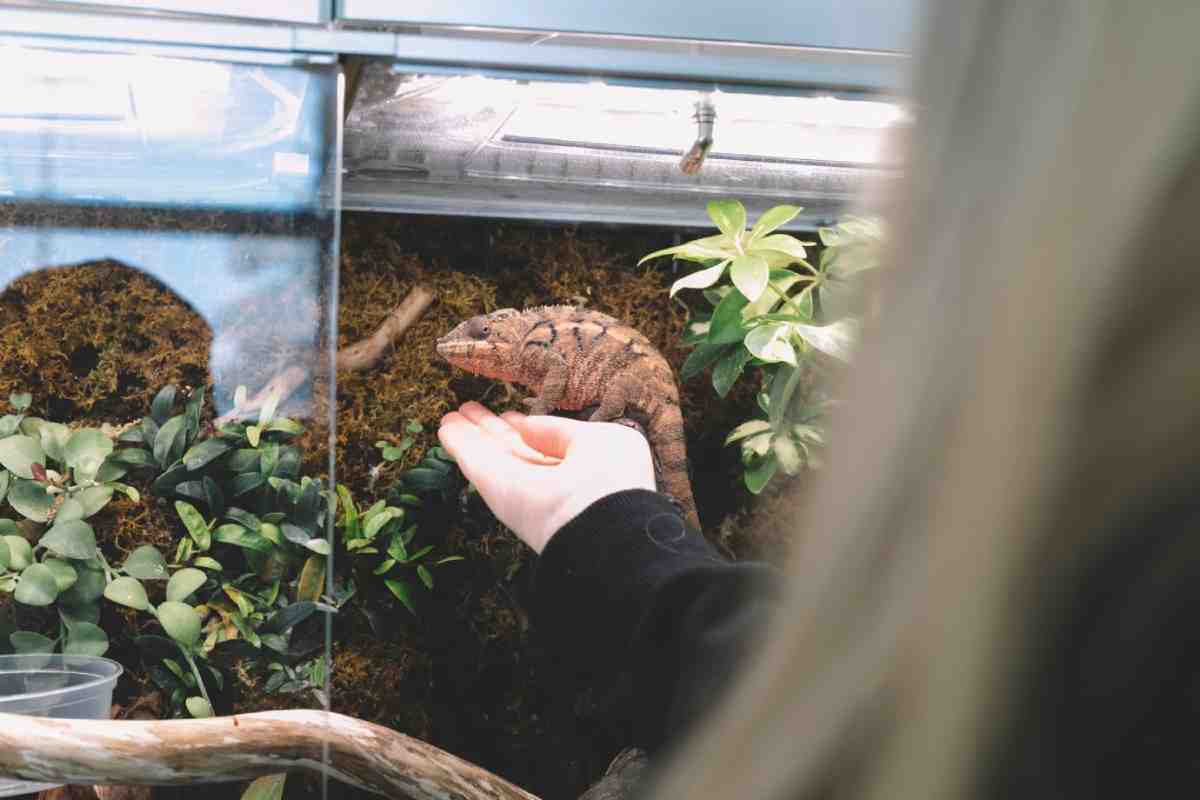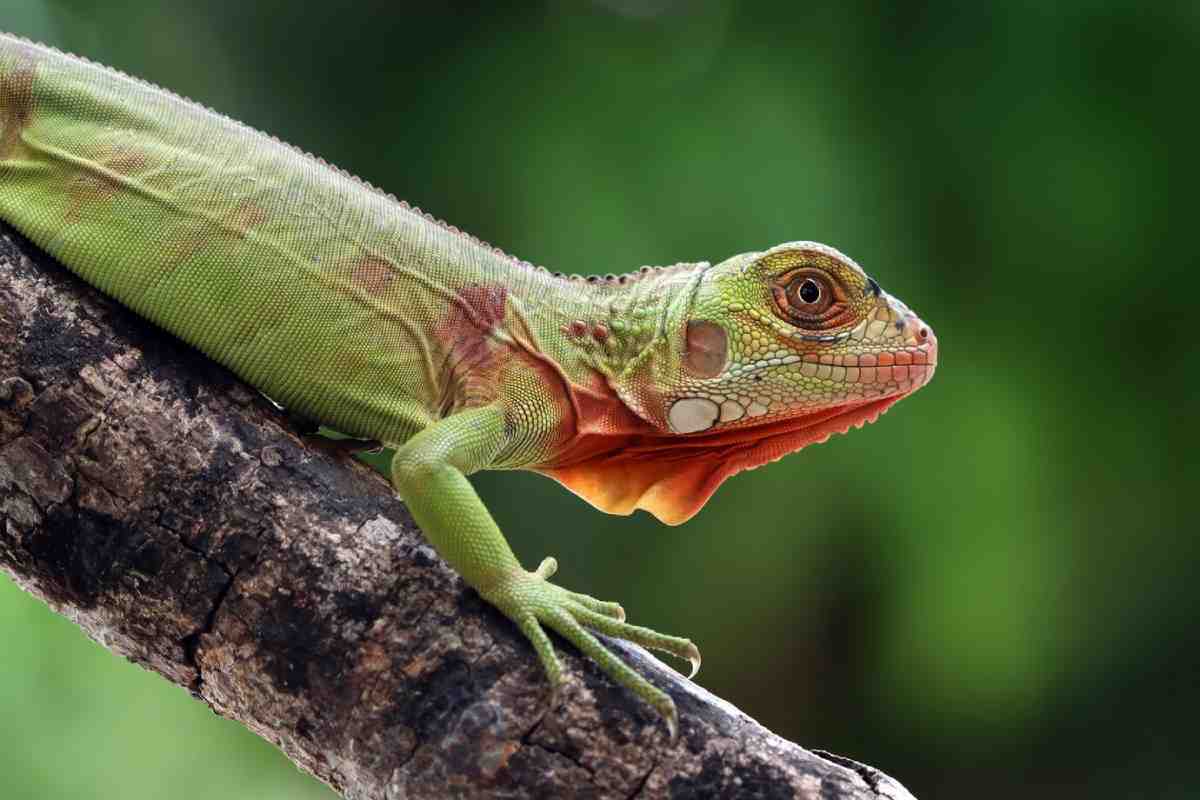
Building a Balanced Diet for Herbivorous Reptiles
Feeding reptiles may seem simple at first, but if you own or care for a plant-eating species, you know it takes more than tossing in a few leaves. A proper reptile herbivore diet is about balance, variety, and understanding what your specific reptile needs to thrive.
Whether you’re caring for a green iguana, uromastyx, tortoise, or bearded dragon, this guide breaks down how to build a healthy, species-appropriate plant-based reptile food plan. Let’s explore what to feed, what to avoid, and how to fine-tune your approach to exotic reptile nutrition.
Why Herbivorous Reptiles Need Special Attention
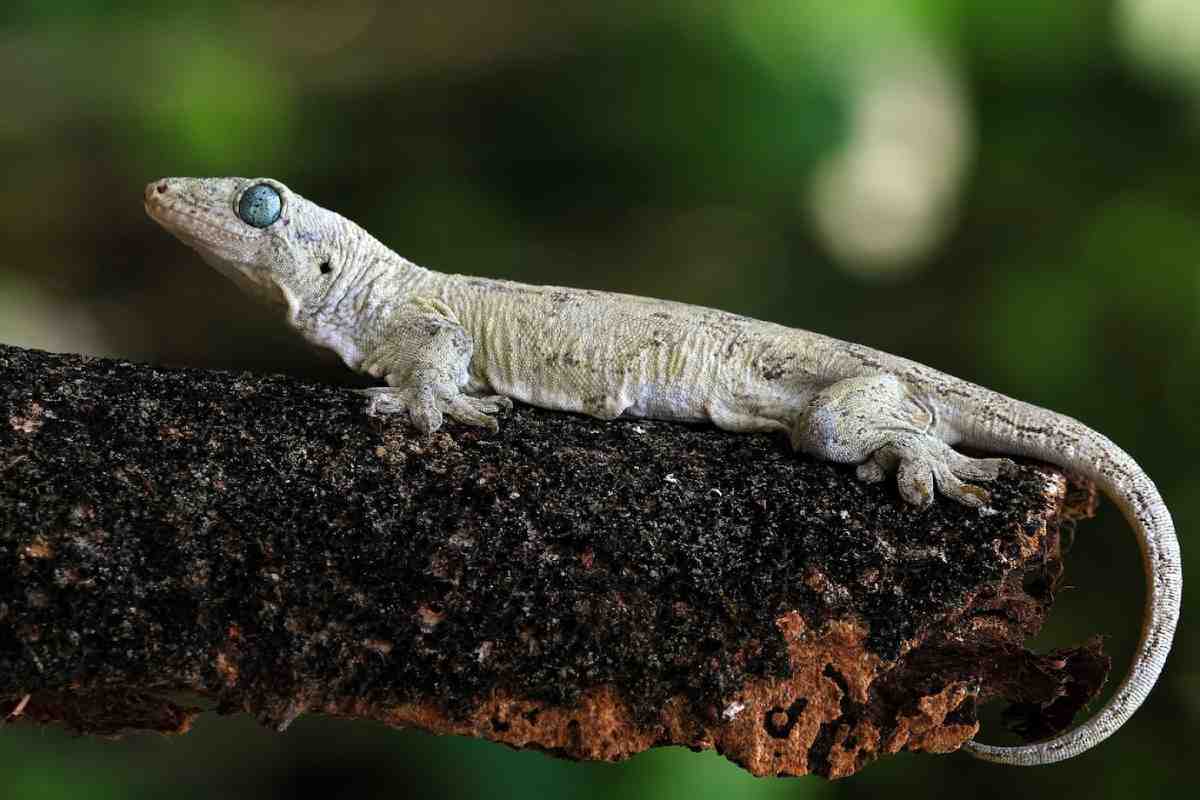
Unlike omnivores or insect-eaters, plant-eating reptiles rely on low-fat, high-fibre food. Their bodies are designed to digest fibrous greens, not proteins. Feeding them the wrong foods — like animal protein or sugary fruits — can lead to serious health issues like liver disease, kidney failure, or metabolic bone disease.
Key Goals of a Balanced Herbivore Diet:
- Provide enough calcium for strong bones
- Deliver high-fibre, low-fat foods for gut health
- Avoid oxalates and goitrogens in excess
- Ensure hydration through food and supplements
- Mimic their natural wild diet as closely as possible
Think of your reptile’s diet as its main medicine — the right nutrition prevents more problems than you might expect.
Top Herbivorous Reptiles (and Their Needs)
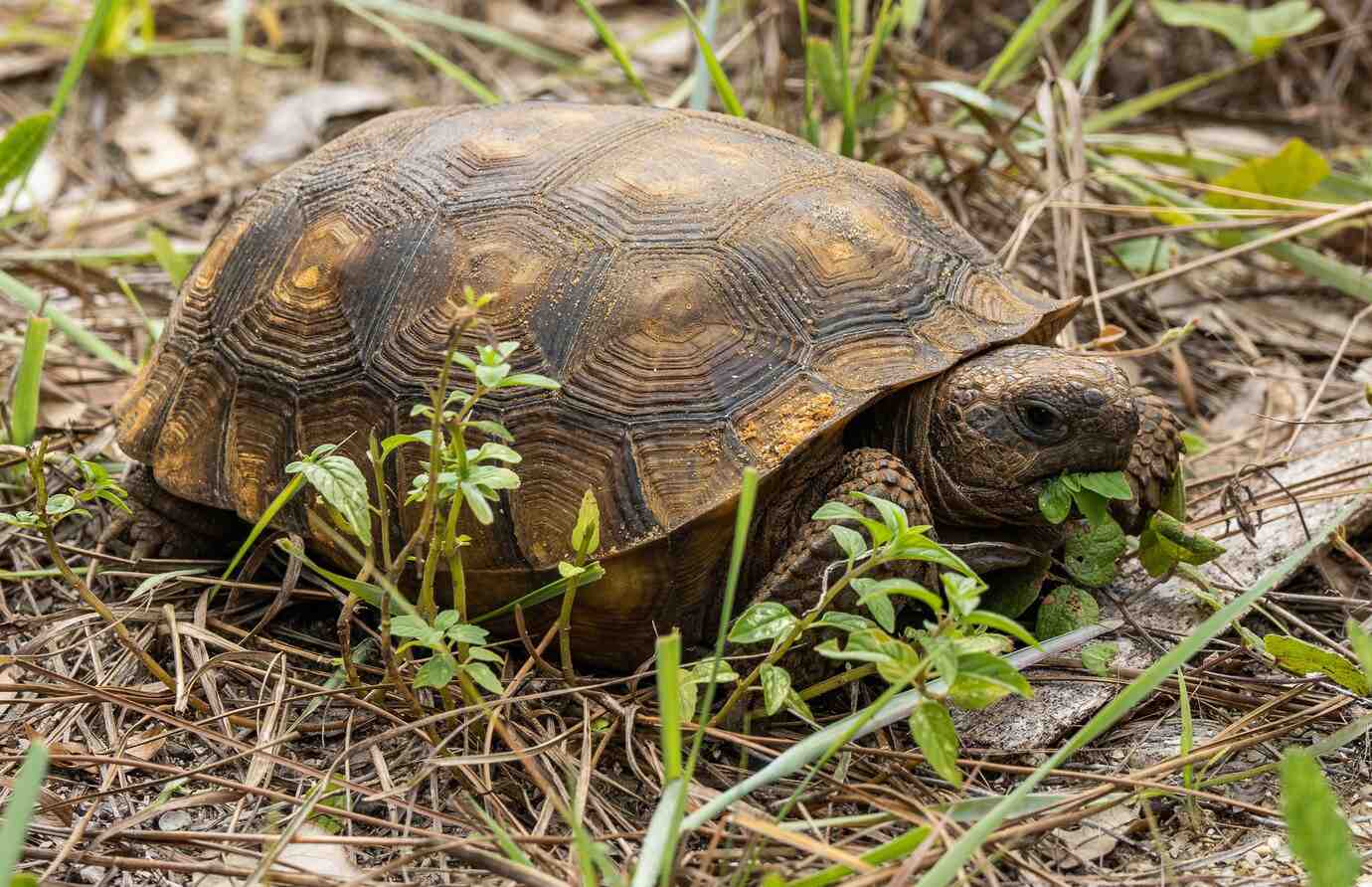
Different species need slightly different diets, so it’s important to know where your pet fits in.
Common Herbivores:
- Green iguana
- Uromastyx
- Sulcata tortoise
- Russian tortoise
- Chuckwalla
- Adult bearded dragons (mostly herbivorous)
Each has a unique metabolism and preferred food types, but they all thrive on a plant-heavy diet with the right mix of greens, veggies, and (limited) fruits.
The Building Blocks of a Reptile Herbivore Diet
Let’s break it down into three categories: staple greens, secondary vegetables, and occasional fruits.
1. Staple Greens (Daily Essentials)
These are the heart of any plant-based reptile food plan. They’re rich in fibre, vitamins, and calcium.
Recommended Greens:
- Collard greens
- Dandelion greens
- Mustard greens
- Turnip greens
- Endive and escarole
- Chicory
- Grape leaves
- Hibiscus leaves (if pesticide-free)
Rotate greens every week to keep meals interesting and ensure a range of nutrients.
2. Safe Vegetables (Add Variety)
These provide texture and flavour but should not replace leafy greens.
Recommended Vegetables:
- Bell peppers (red, yellow, green)
- Butternut squash (grated or chopped)
- Carrots (grated, small amounts)
- Zucchini
- Green beans
- Okra
- Cactus pads (nopales)
Steam tougher vegetables slightly to make them easier to digest.
3. Occasional Fruits (Treats Only)
Fruits are high in sugar and low in calcium, so use them sparingly. They can help with hydration and variety but should never be more than 5–10% of the total diet.
Safe Fruits:
- Papaya
- Mango
- Berries
- Melon
- Banana (tiny bits)
- Apple (no seeds)
A few bites of fruit a week is plenty — think of it as dessert, not dinner.
What to Avoid in a Herbivore Diet
Not all greens and veggies are safe. Some contain high levels of oxalates or goitrogens, which block calcium absorption or affect thyroid health.
Greens to Limit or Avoid:
- Spinach
- Kale (in excess)
- Swiss chard
- Beet greens
- Iceberg lettuce (very low in nutrition)
- Bok choy (limit due to goitrogens)
Other Foods to Never Feed:
- Animal protein (meat, dog food, eggs)
- Insects (for strict herbivores like iguanas and tortoises)
- Dairy
- Bread or pasta
- Avocado
- Rhubarb
Feeding animal protein to a true herbivore can lead to fatal organ damage over time.
Hydration: More Than Just Water Bowls
Many herbivorous reptiles get much of their water from food. But that doesn’t mean you can skip offering fresh water.
Hydration Tips:
- Mist leafy greens before feeding
- Soak tortoises and iguanas 1–2 times per week in shallow, lukewarm water
- Always offer a clean water dish
- Add moisture-rich foods like cucumber or watermelon during dry months
Signs of dehydration include wrinkled skin, sunken eyes, and sluggish behaviour. Hydration is critical for digestion and shedding.
Supplements: What, When, and Why
Even with a great diet, most reptiles need a little help to stay in top shape.
Calcium:
- With D3: 2–3 times per week if no UVB lighting
- Without D3: Daily if using proper UVB
Multivitamin:
- Once a week is usually enough
Gut-Load for Insects (if feeding to omnivores like bearded dragons):
Even though this post is about herbivores, if your lizard occasionally eats insects, make sure those bugs eat nutritious food before being offered.
Calcium and vitamin imbalance is the #1 reason many reptiles develop bone or organ problems.
Sample Weekly Feeding Schedule
Here’s an example of a varied, nutrient-rich week for a green iguana or tortoise:
| Day | Greens | Veggies | Fruit |
| Mon | Collard + Dandelion | Bell pepper | – |
| Tue | Mustard + Endive | Squash | Berry piece |
| Wed | Turnip greens | Green beans | – |
| Thu | Escarole | Carrots (grated) | Melon cube |
| Fri | Dandelion + Chicory | Zucchini | – |
| Sat | Collard greens | Okra | Banana slice |
| Sun | Rotate all | Cactus pad | – |
Always chop food finely and mix it well to encourage balanced eating.
How to Prepare and Serve Food
- Wash everything thoroughly to remove pesticides
- Chop greens into bite-sized pieces
- Mix foods together instead of offering items separately
- Serve at room temperature
- Remove uneaten food after a few hours to avoid mould or flies
Offering food in a shallow dish helps keep the enclosure clean and reduces waste.
Watching for Signs of Nutritional Health
A healthy herbivorous reptile will be alert, have smooth skin, a good appetite, and regular droppings.
Good Signs:
- Bright, clear eyes
- Active movement
- Strong appetite
- Healthy shedding
- Firm, regular stools
Warning Signs:
- Refusing food for more than 3–5 days
- Limping or soft bones
- Runny stools or smelly waste
- Weight loss or bloating
- Swollen limbs or jaw
If you spot any of these, contact a reptile vet for a diet review and check-up.
Feed with Knowledge and Confidence
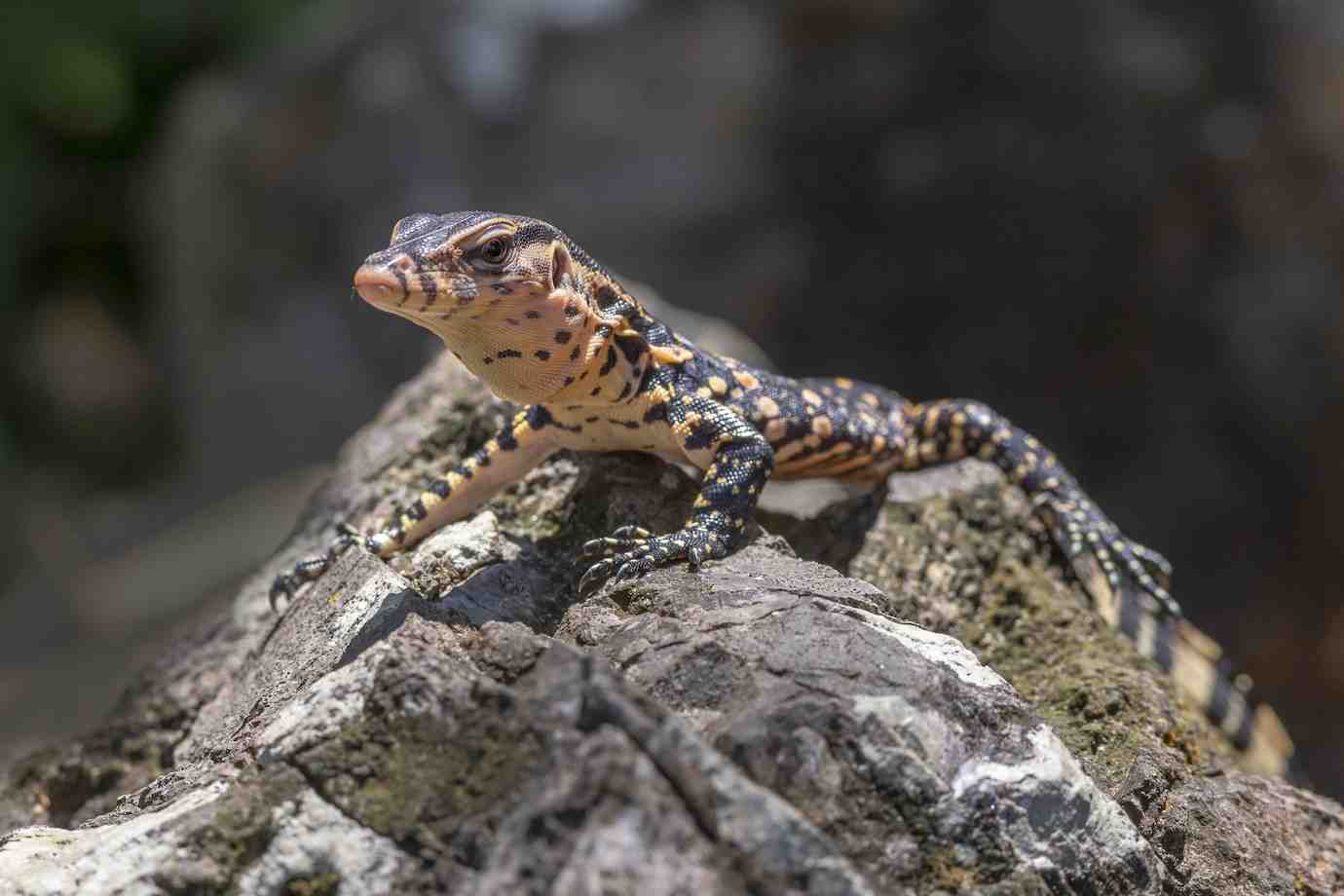
Feeding your reptile doesn’t have to be complicated — but it does need to be thoughtful. A well-balanced reptile herbivore diet protects your pet from common illnesses and helps them thrive in your care.
Stick to fresh, high-quality plant-based reptile food, rotate ingredients weekly, and always check that your setup supports good health. With the right information, you can master exotic reptile nutrition and give your herbivore a long, healthy life.
